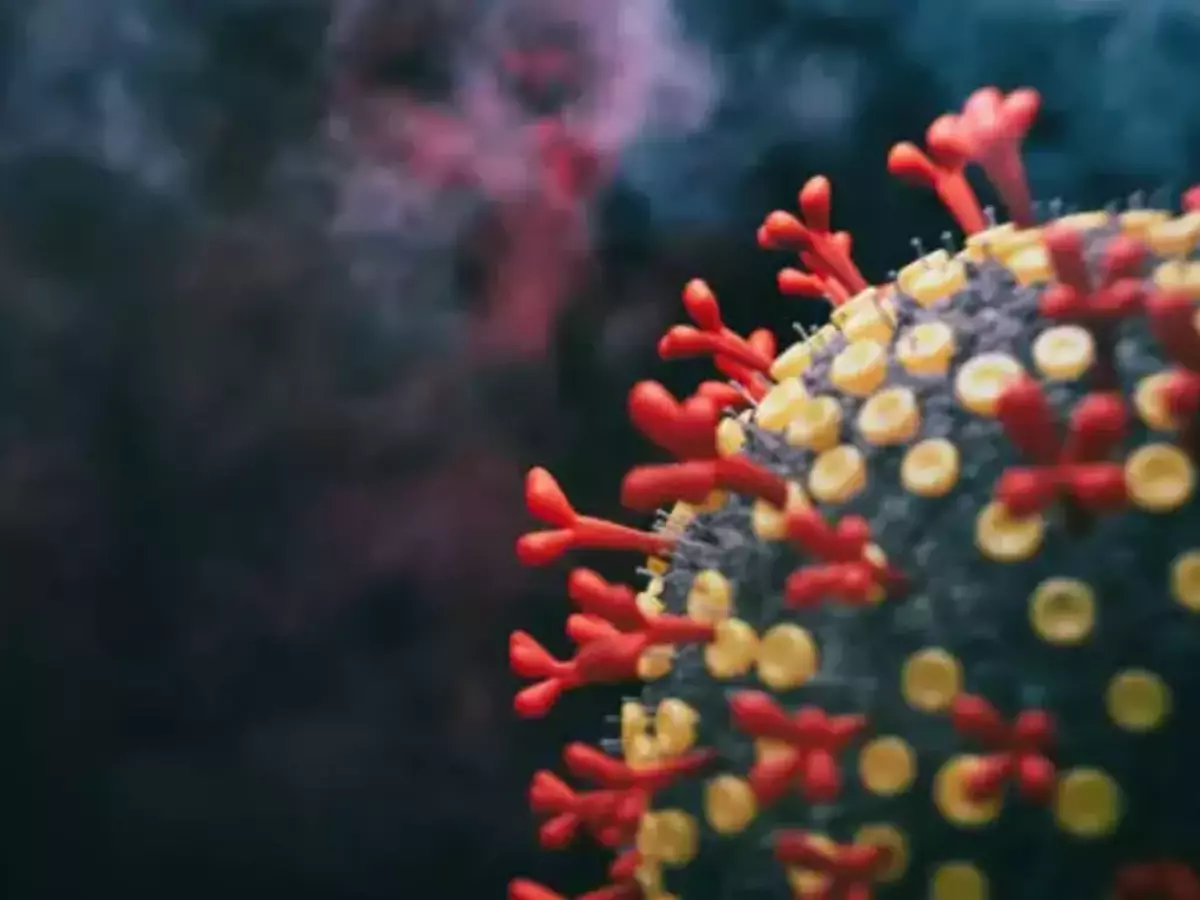Arcturus: The New XBB.1.16 Omicron Variant Causing Covid-19 Spike In India
It is a sub-variant of Omicron, also known as the XBB.1.16 strain, and has been found in 22 countries, including Singapore, Australia, the UK, and the US.

Currently, the country is witnessing a sharp rise in Covid-19 cases. According to the Union Health Ministry date updated on Sunday, India recorded 10,093 new coronavirus infections with the number of active cases increasing to 57,542. There has also been an increase in the number of casualties with 23 deaths reported in the last 24 hours, taking the tally to 5,31,114. This surge in Covid-19 cases has been attributed to the spread of a new Covid variant, dubbed Arcturus.
Arcturus: The Sub-Variant Of Omicron, XBB.1.16
 ET HealthWorld
ET HealthWorld
It is a sub-variant of Omicron, also known as the XBB.1.16 strain, and has been found in 22 countries, including Singapore, Australia, the UK, and the US. It has been monitored by the World Health Organization (WHO) since March 22. ¡°It's been in circulation for a few months. We haven't seen a change in severity in individuals or in populations, but that's why we have these systems in place. It has one additional mutation in the spike protein, which, in lab studies, shows increased infectivity as well as potential increased pathogenicity,¡± Dr Maria Van Kerkhove, the WHO's technical lead for Covid, said.
We reached out to experts to understand more about this new Covid-19 variant and how different it is from previous ones. Dr Aklesh Tandekar, Head Consultant, Critical Care, Wockhardt Hospitals, Mira Road said that Arcturus, which is a subvariant of the Omicron variant, is created by a combination of two other variants. ¡°The World Health Organisation has classified it as a 'variant under monitoring,' considering its high transmissibility,¡± he said.
Dr Tandekar shared that This variant is showing signs of immune evasion and infecting people who were previously infected with Covid-19 or vaccinated teenagers and adults. Agreeing, Dr Namrata Jasani, Senior Consultant, Pulmonology, Global Hospitals, Parel, Mumbai said that this variant is reported to have higher levels of transmission than the previous strains.
What Are The Symptoms?
 Mint
Mint
Dr Jasani said that the Infection with this strain is particularly different from the previous ones as it has been reported to cause conjunctivitis or pink eye, especially in children below 12 years. ¡°The child can have high-grade fever and cough, along with redness, itching, and watering from eyes. The symptoms can be very similar to other viruses like the adenovirus which is very common in the summer season in India,¡± she said.
Dr Tandekar said that the symptoms are similar to those of upper respiratory illnesses, such as headache, sore throat, blocked nose, fever, and muscle pain. ¡°It may also affect the digestive system and cause diarrhoea. This variant may be highly contagious and could potentially overcome the population immunity that has previously resisted other variants in India. There are cases of conjunctivitis, or red sticky eyes, among COVID-19 patients, although it is unclear whether this symptom is more common with the XBB 1.16 variant,¡± he added.
Is It More Dangerous?
Highlighting its transmissibility, Dr Monalisa Sahu, Consultant, Infectious Diseases, Yashoda Hospitals, Hyderabad, cited a study by Tokyo University which deemed the Arcturus variant to be 1.2 times more infectious than the Omicron variant. ¡°It is more transmissible, and has the property of immune-evasiveness to a certain extent, meaning, it can cause disease in individuals with prior natural immunity or vaccine-induced immunity to Covid-19,¡± she said.
Agreeing with the symptoms mentioned by other experts, Dr Sahu said that the elderly and children, and individuals with immunocompromised conditions like HIV, transplant recipients, those on long-term high-dose steroids may be at risk of developing severe diseases, with low oxygen saturation, respiratory distress, and requiring ICU care. ¡°These individuals should approach the health care facilities early at the onset of the symptoms to avoid serious consequences and early interventions for a better outcome,¡± she said.
Virologist Professor Lawrence Young from the University of Warwick told The Independent that the rise of the new variant in India is a sign that ¡°we're not yet out of the woods¡± and that ¡°we have to keep an eye on it¡±.
